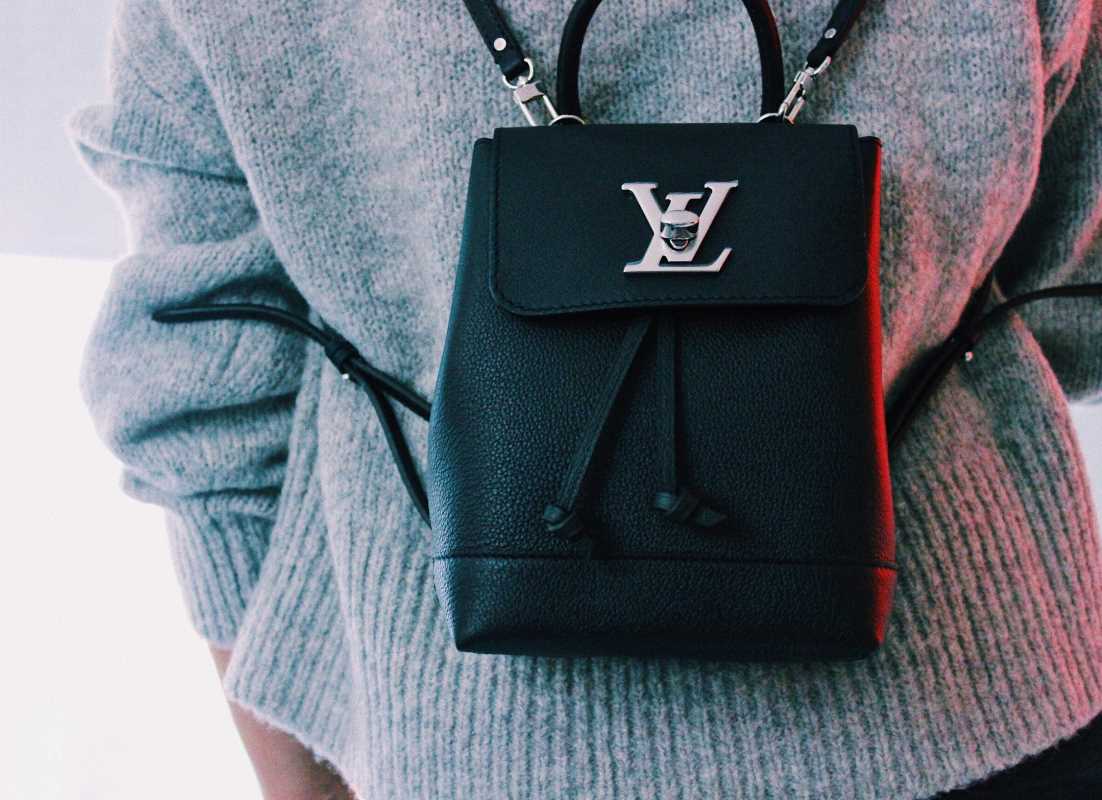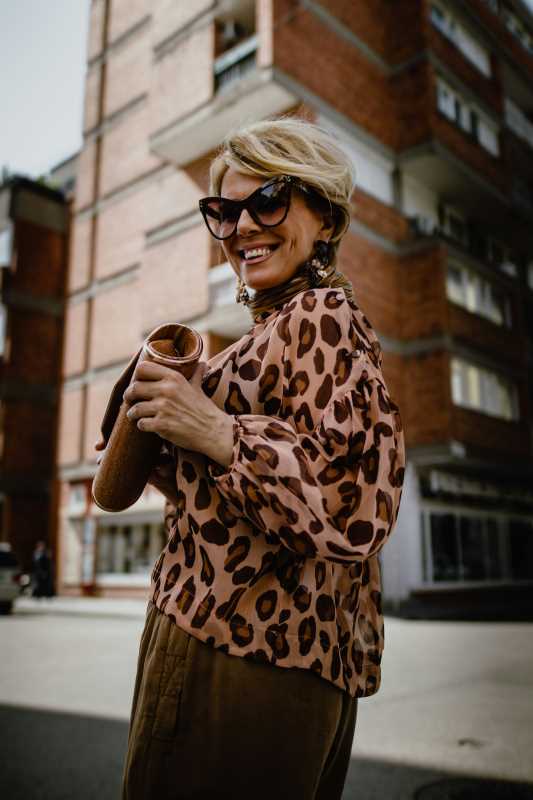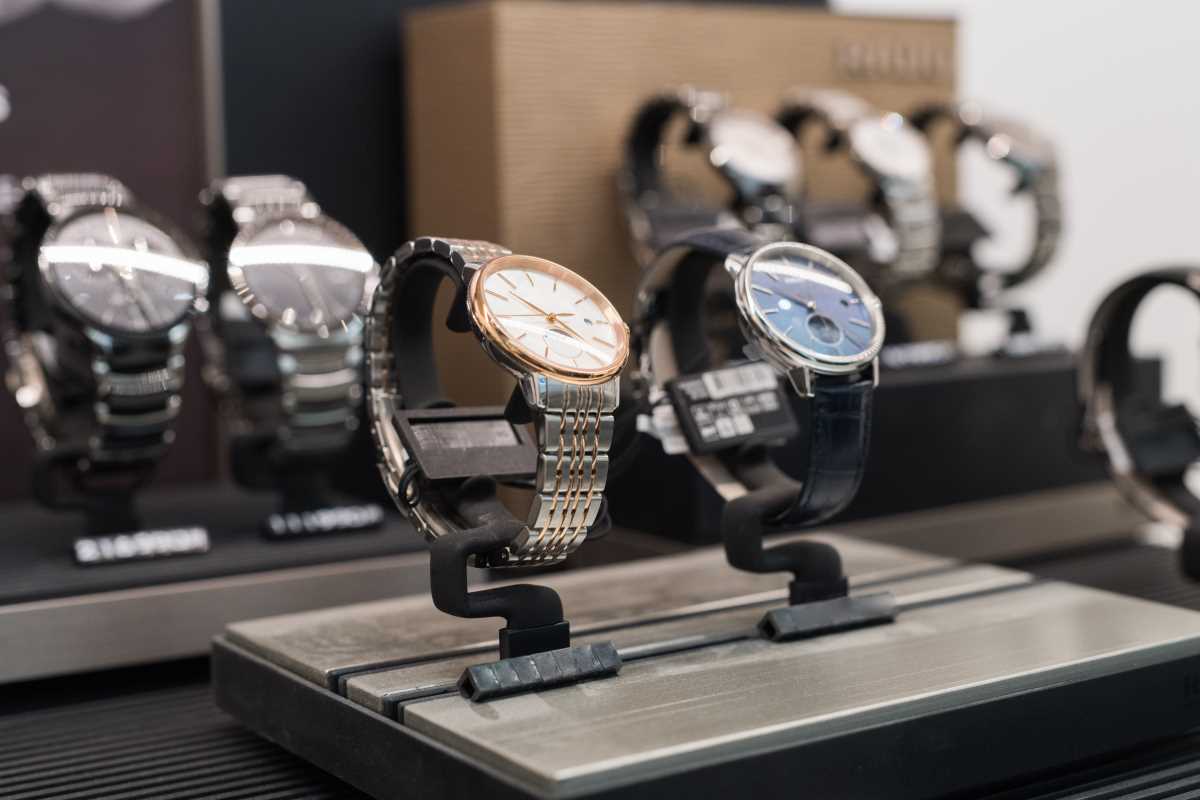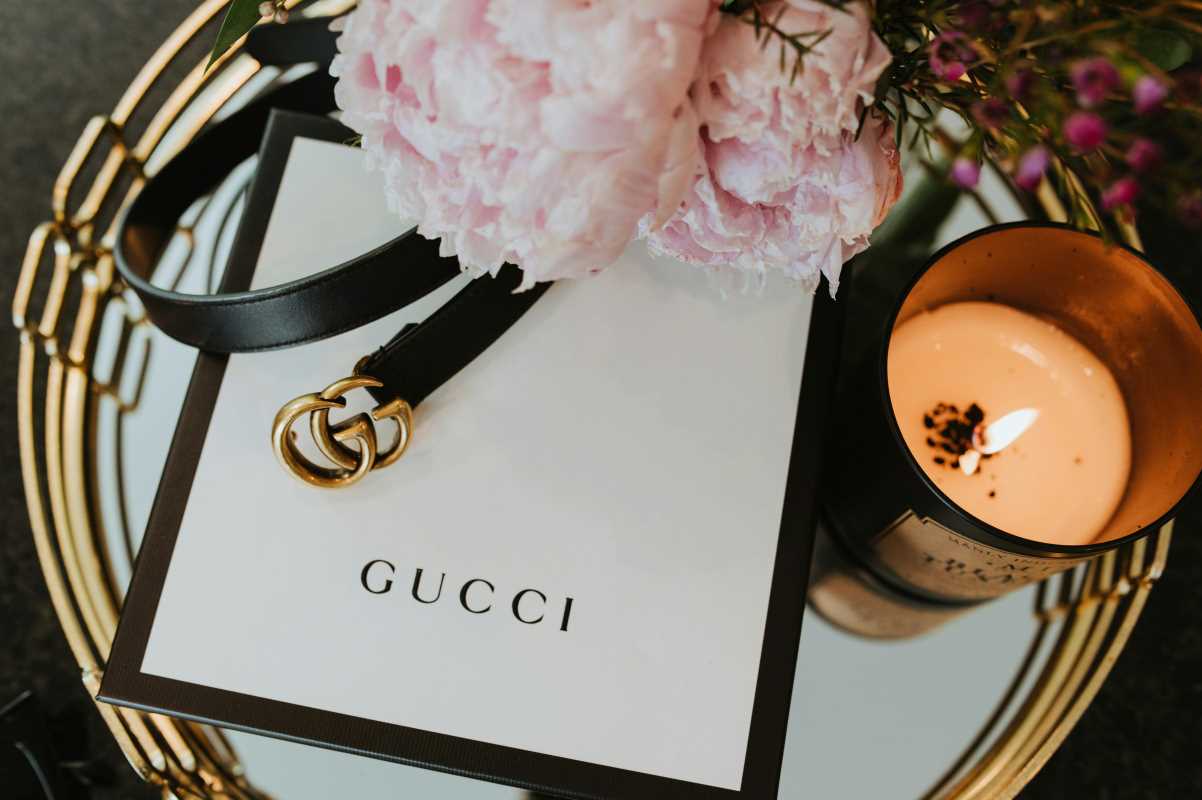Shopping for luxury fashion can be so exciting, especially when you find that perfect designer piece online. But with the rise of counterfeit goods in today’s marketplace, buying online can feel like walking a tightrope. Counterfeiters have gotten incredibly good at mimicking the real thing, making it harder to tell authentic from fake. This doesn’t mean your dream bag or watch has to be out of reach, though. By arming yourself with a little knowledge and a trained eye, you can shop smarter and dodge scams with confidence. This guide will walk you through the most effective ways to spot fake designer goods, giving you the tools to make sure your next luxury investment is worth every penny.
1. Beware of Unrealistic Prices
Luxury brands don’t skimp on quality, and their prices reflect that. If you come across a Chanel bag online for $250 or a brand-new Louis Vuitton belt for $50, it’s probably too good to be true. While discounts do happen, especially on resale or outlet platforms, designer items rarely go for a fraction of their retail value. Scammers know we all love a deal and use ultra-low “sale” prices to reel in buyers.
Compare the price you see to the official brand’s website or trusted retailers. If it’s shockingly cheaper, it’s likely a fake.
2. Vet the Seller or Website
Whether you’re buying from a resale platform or an independent website, always research the seller. Look at customer reviews, seller ratings, and their overall reputation. Trusted sellers won’t hesitate to provide proof of authenticity or additional photos upon request. On resale platforms, authenticity guarantees like those offered by Poshmark or The RealReal can provide extra peace of mind.
Ask yourself:
- Does the site have clear contact information like a phone number and address?
- Are reviews available on independent sites (not just on their own page)?
- Does the seller seem transparent about return policies or product details?
Social media shops or random websites with limited history and no customer reviews are often traps.
3. Closely Examine Product Photos
Always zoom in and scrutinize every detail in the images. Legitimate sellers will provide high-resolution, multiple-angle photos. Be cautious of blurry images that hide imperfections or stock images that show no real product.
Here’s what to check:
- Logos: Authentic logos are sharp, precise, and perfectly aligned. A misspelled logo or sloppy stitching is a dead giveaway.
- Materials: Fake items often use cheap materials like vinyl instead of genuine leather.
- Hardware: Luxury brands use high-grade metals for zippers, buckles, and clasps, so anything that looks flimsy or tarnished could be counterfeit.
- Serial Numbers or QR Codes: Brands like Chanel, Louis Vuitton, and Gucci often include unique identifiers. Counterfeiters may copy serial numbers, but authentic items often have features like QR codes or embedded NFC (near-field communication) chips to verify originality. Many newer items require scanning with a smartphone to validate their authenticity.
Use tools like reverse image search to see if the provided photos are stolen from another seller or website.
4. Don’t Be Fooled by Packaging Alone
Yes, luxury products come with high-quality packaging, but these days even the packaging of counterfeits can look convincing. Counterfeiters have stepped up their game, mimicking everything from boxes to dust bags. While flimsy or poorly printed packaging can still be a red flag, high-end imitation packaging exists. Treat packaging as just one piece of the puzzle instead of the full story.
What to Look For:
- Details Matter: The fonts, colors, and materials should match the brand’s authentic design. For instance, Tiffany & Co.’s blue box is a very specific shade of blue.
- Additional Items: Real luxury goods often come with care instructions, authenticity cards, and branded dust bags. Keep in mind that fakes can also include these, so don’t rely on them alone.
If you’re buying pre-owned items, missing packaging isn’t uncommon, but it’s worth asking about it.
5. Leverage Advanced Authentication Services
When in doubt, turn to the pros! Authentication services use trained experts and even technology to determine whether an item is authentic. For example, Entrupy uses artificial intelligence and a microscopic camera to analyze items like handbags and verify their authenticity. Other platforms like The RealReal, StockX, and Authenticate First also provide verification services.
Recommended Services:
- Entrupy: AI-powered technology to authenticate products from brands like Louis Vuitton, Gucci, and Chanel.
- The RealReal: A trusted resale platform with in-house authenticators.
- Vestiaire Collective: They have a rigorous system for checking each item sold on their platform.
- Authenticity Guarantee by eBay: Authenticators assess high-value purchases like bags and watches.
While there may be a small fee for these services, it’s far cheaper than losing money on a fake.
6. Know Your Counterfeit Red Flags
Signs of Fakes:
- Poor Quality Stitching: Uneven stitching or threads sticking out is a no-go for luxury products.
- Incorrect Font or Spelling Errors: A bag labeled “Prado” instead of Prada is clearly fake, but even small font inaccuracies can give it away.
- Cheap Hardware: Zippers that jam or hardware that feels too light usually indicate a knockoff.
- Strange Size or Shape: Designer items are crafted to exact specifications, so any inconsistencies here can mean trouble.
Websites with vague item descriptions or sellers unwilling to provide clarity are often hiding counterfeit goods.
7. Stick to Secure Payment Methods
One of the easiest ways scammers trap buyers is through unsafe payment methods. Avoid wire transfers, prepaid gift cards, or cash apps like Zelle. Instead, shop on platforms that offer buyer protection, like PayPal or credit cards, which allow for refunds in case of disputes.
Don’t get sucked into “discounted” offers where sellers ask to deal outside of the platform to avoid fees. This is a common scam tactic.
8. Trust Your Instincts
Sometimes, something just feels off. If the seller dodges your questions, refuses to show additional photos, or pressures you into buying immediately, step away. High-pressure tactics are often used by scammers.
Investing in luxury goods should feel exciting, not stressful. When in doubt, trust your intuition and prioritize authenticity over a “deal.”
9. Do Your Homework
Before buying, familiarize yourself with the brand. Research specific details about the item you want, from its craftsmanship to the types of materials used. Being informed will help you confidently assess whether a piece is legit.
Join online communities or forums with fashion enthusiasts who share authentication tips. Reddit threads like r/BehindTheClosetDoor can be a goldmine of advice.
The joy of owning a designer item is in its quality, craftsmanship, and authenticity. Don’t settle for less because you deserve the real deal.
 (Image via
(Image via





